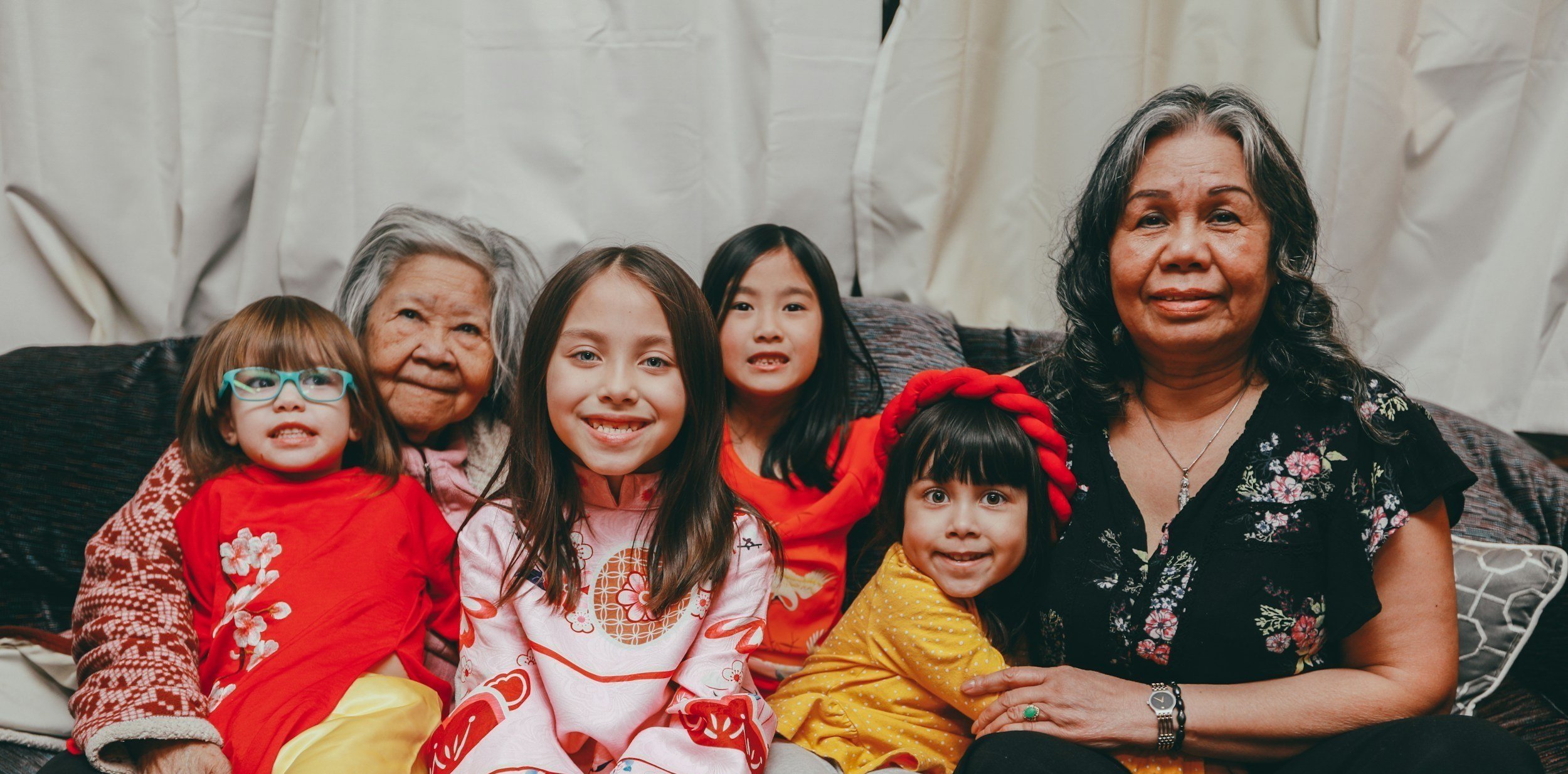
Enhancing Family Bonds:
The Power of Attachment-Based Family Therapy
Healing Family Wounds with ABFT
ABFT helps families by focusing on repairing the emotional bonds between parents and children. Unlike other therapies that might only look at communication or behavior, ABFT aims to heal deep emotional wounds. The goal is to create a secure emotional bond between family members.
ABFT stands out because it uses attachment theory. This theory highlights the importance of strong, secure relationships in shaping how we feel and act.
What is Attachment-Based Family Therapy (ABFT)?
Attachment-Based Family Therapy (ABFT) is a unique therapy approach that improves parent-child relationships, reduces depression and suicidal thoughts in teens, and strengthens family connections. It combines ideas from attachment theory, Structural Family Therapy, and Emotionally Focused Therapy.
Building Trust and Security in Families
Attachment theory is the foundation of ABFT. It explains that early relationships with caregivers shape how we relate to others throughout our lives. Therapists use this theory to understand the attachment styles in the family and work on areas where secure attachments are missing.
For example, therapists might help a family see how past experiences are affecting their current relationships. By addressing these issues, families can build a more secure and trusting environment.
Key Techniques in Attachment-Based
Family Therapy
Proven Techniques to Strengthen Family Bonds
ABFT uses specific techniques to help families:
Relational Reframe: Helps families see how past relationships affect current interactions.
Adolescent Alliance-Building: Builds a strong, supportive relationship between the therapist and the teen.
Parent Alliance-Building: Strengthens the bond between the therapist and the parents.
Repairing Attachment: Focuses on healing broken emotional bonds within the family.
Promoting Autonomy: Encourages independence while maintaining strong family connections.
These techniques create a supportive environment where families can communicate better and build trust.
Transforming Mental Health through
Stronger Family Ties
ABFT has a big impact on mental health by creating secure attachments and better emotional regulation. It helps families communicate better and trust each other more, which leads to healthier ways of coping with stress.
For example, when parents and children have secure attachments, teens often feel better about themselves and can handle their emotions more effectively.
ABFT also addresses the root causes of emotional problems within the family, leading to lasting improvements in mental health.
Empowering Therapists with ABFT Training
If you're interested in learning ABFT, ABFT International offers training for professionals. Their programs are based on research and focus on attachment and trauma. Training can be done in-person, online, or through recorded sessions to fit different schedules.
ABFT International also provides resources like books and materials to support therapists in their practice.
Proven Success and Promising Future for ABFT
Research shows that ABFT is effective in improving relationships and mental health. It has been proven to reduce depression and suicidal thoughts in teens and strengthen the bond between parents and children.
Studies indicate that ABFT helps families develop healthier ways of interacting and managing emotions.
Takeaway Messages
ABFT helps build stronger emotional connections within the family, improving overall family dynamics.
Understanding and addressing past attachment issues can lead to healthier family relationships.
ABFT uses specific techniques to strengthen family bonds and improve relationship dynamics.
Strong family bonds and better communication lead to improved mental health for everyone in the family.
Training in ABFT is accessible and enhances skills in helping families.
ABFT is a proven method for improving family relationships and mental health.
References
Diamond GM, Diamond GS, Hogue A. Attachment-based family therapy: adherence and differentiation. J Marital Fam Ther. 2007 Apr;33(2):177-91. doi: 10.1111/j.1752-0606.2007.00015.x. PMID: 17437458.
Ewing ES, Diamond G, Levy S. Attachment-based family therapy for depressed and suicidal adolescents: theory, clinical model and empirical support. Attach Hum Dev. 2015;17(2):136-56. doi: 10.1080/14616734.2015.1006384. Epub 2015 Mar 17. PMID: 25778674.
Moretti MM, Obsuth I, Craig SG, Bartolo T. An attachment-based intervention for parents of adolescents at risk: mechanisms of change. Attach Hum Dev. 2015;17(2):119-35. doi: 10.1080/14616734.2015.1006383. Epub 2015 Mar 18. PMID: 25782460.
Diamond G, Siqueland L, Diamond GM. Attachment-based family therapy for depressed adolescents: programmatic treatment development. Clin Child Fam Psychol Rev. 2003 Jun;6(2):107-27. doi: 10.1023/a:1023782510786. PMID: 12836580.
Diamond G, Russon J, Levy S. Attachment-Based Family Therapy: A Review of the Empirical Support. Fam Process. 2016 Sep;55(3):595-610. doi: 10.1111/famp.12241. Epub 2016 Aug 19. PMID: 27541199.



